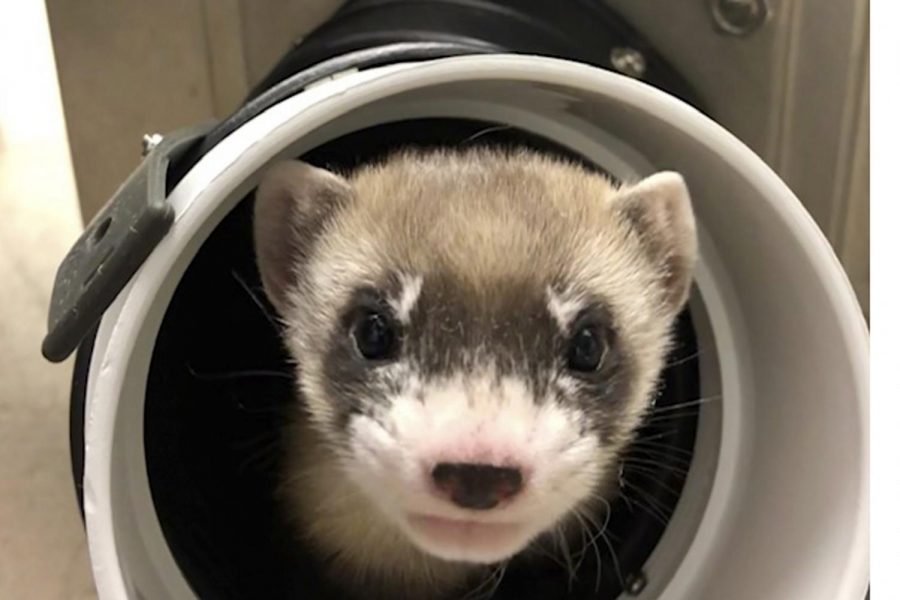First Ferret Cloning
April 9, 2021
The black-footed ferret has been listed as endangered for what will be 54 years on March 11. Especially with the start of the CoronaVirus pandemic in 2020, there has been more of a decrease in their population due to ferrets also being able to contract and spread the virus amongst themselves.
Upgrades and improvements in technology have allowed scientists to successfully clone a black-footed ferret that died more than 30 years ago, using preserved cells. This is the first time in history any native endangered species has been cloned in the United States, giving hope to the conservation of North America’s only native ferret.
The preserved cells from this genetic copy came from a wild female black-footed ferret named Willa, who died in the mid-1980s in Wyoming. Since then, her cells have been cryopreserved at the frozen Zoo, a program of San Diego Zoo Global, with intentions to breed an offspring to introduce in the wild to produce diversity into the ferret population.
“The process of cloning began by taking eggs from a sedated domesticated ferret. Once the eggs mature, scientists then use pipettes to remove the nucleus and genetic material from the egg. After transferring Willa’s cells into the eggs, scientists basically performed an electric charge to divide them. This created embryos that were implanted into a domestic ferret and only one embryo took,” says Shawn Walker, chief scientific officer with ViaGen Pets and Equine.
Elizabeth Ann, the first cloned ferret, was born on December 10, 2020, at the Fish and Wildlife Service’s Black-footed Ferret Conservation Center in Colorado. Tests show so far that she is healthy, and will continue to be monitored. The hope is that she will eventually breed, and her offspring will be introduced to the wild in years to come.

